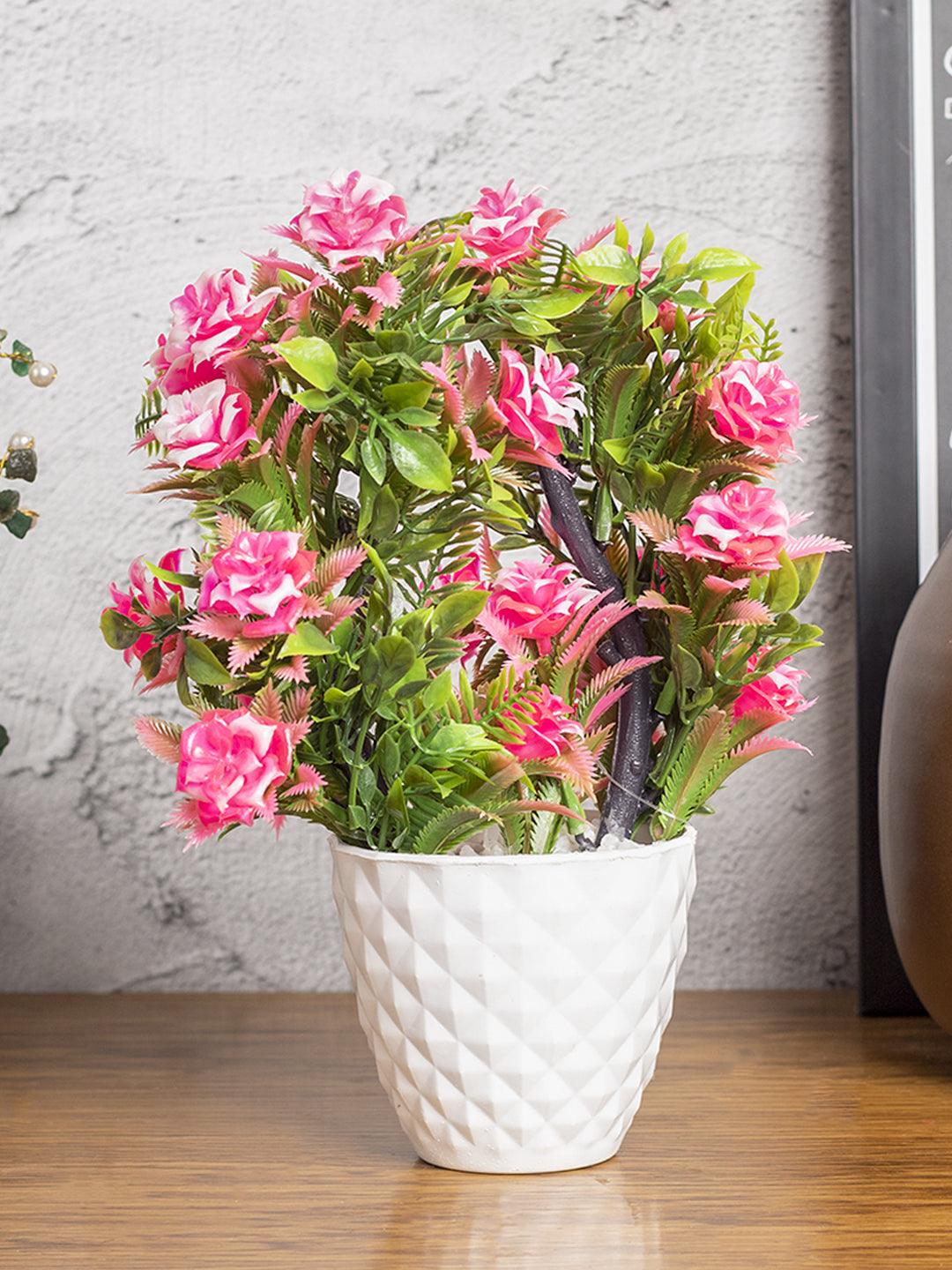In recent years, there has been a growing concern about the use of harsh chemicals in pest control. While these chemicals may effectively eliminate pests, they can also pose a risk to human health and the environment. As a result, many people are now seeking out safe pest control methods that balance effectiveness with safety.
One of the key aspects of safe pest control is using natural products and methods. This includes ingredients like essential oils, vinegar, and diatomaceous earth that are known to repel pests without harming humans or pets. Natural remedies have been used for centuries as a way to keep pests at bay without any adverse effects on people or the planet.
Another important factor in safe pest control is proper application techniques. Many commercial pesticides come with strict instructions for how they should be used and handled to minimize health risks. It is crucial for users to carefully follow these guidelines and use protective gear if necessary when applying these chemicals.
In addition to considering product choice and application methods, it’s also essential to think about long-term solutions for managing pests safely. This means addressing underlying issues such as eliminating potential nesting sites or sources of food for pests. For https://sydney-nsw.aussiestoresonline.com/safe-pest-control/ example, sealing cracks in walls or properly storing food can help prevent infestations from occurring in the first place.
Moreover, employing integrated pest management (IPM) strategies can be an effective way to balance safety with effectiveness when it comes to controlling pests. IPM involves using a combination of tactics such as physical barriers, biological controls (e.g., beneficial insects), cultural practices (e.g., crop rotation), and chemical options only if necessary as a last resort.
While natural products may seem like the safest option when it comes to pest control, it’s important not to dismiss synthetic pesticides altogether. When used correctly by professionals trained in their appropriate application techniques –which often involve targeting specific areas rather than blanket spraying–synthetic pesticides can be an effective tool against stubborn infestations.
When considering the safety of pest control methods, it’s also essential to think about their impact on beneficial insects and other wildlife. Pesticides can harm not only pests but also non-target organisms that are important for maintaining a balanced ecosystem. This is another reason why understanding how to use these products safely is crucial.
Lastly, regular monitoring and maintenance can help ensure safe pest control practices. It’s important to regularly check for pest activity and address any issues promptly before they become severe. Additionally, conducting routine inspections of potential entry points or areas where pests could possibly nest can help prevent infestations from taking hold.
In conclusion, safe pest control requires a balance between effectiveness and safety considerations. By using natural products when possible, following application instructions carefully, implementing long-term solutions, and considering integrated pest management strategies, we can effectively manage pests without compromising our health or the environment. Regular monitoring and maintenance are crucial aspects of safe pest control practices that should not be overlooked.




